1. The Shakers and Their Celibacy Vow
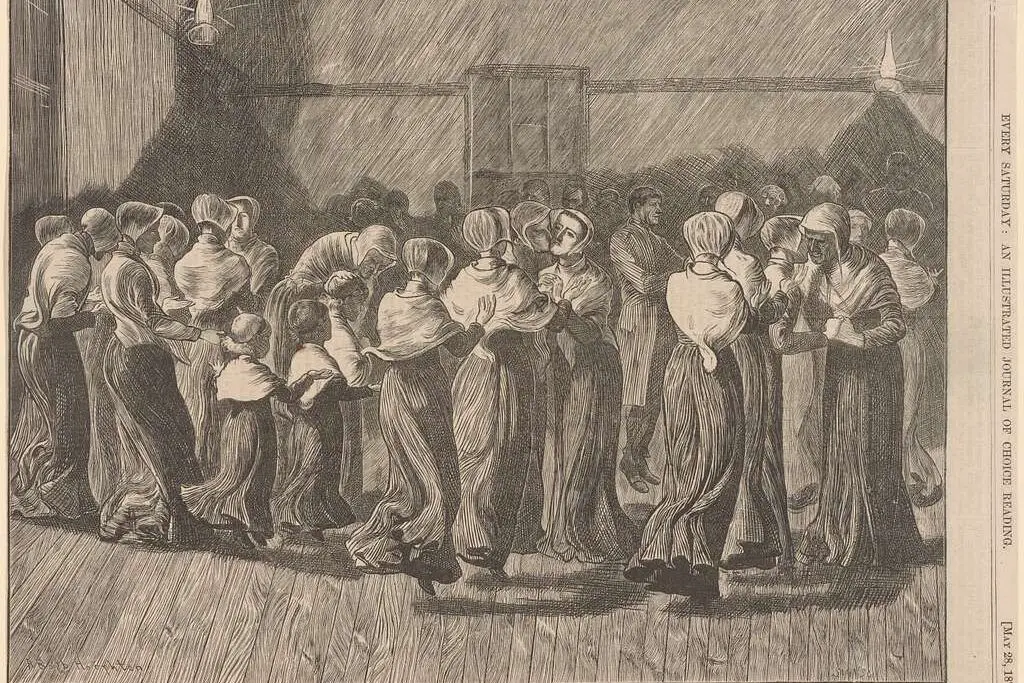
The Shakers, a religious sect that emerged in the 18th century, practiced complete celibacy, believing that sex was a sin. As a result, they rejected marriage and family life, opting instead to live in communities where all members were equal and united in spiritual devotion. While they believed that children were a gift from God, they adopted orphans rather than having their own biological children. Their strict celibacy made their communities unusual for the time, and the sect’s ability to flourish through adoption was a testament to their devotion and unique approach to faith shares Fordham Now.
However, this practice eventually led to the Shakers’ decline, as new members could only join through adoption, and the community grew smaller with each generation. While their celibacy may seem extreme to modern readers, it was seen as a way to maintain purity and spiritual focus, which, for the Shakers, was the highest goal adds National Geographic.
2. The Puritans’ Witch Hunts
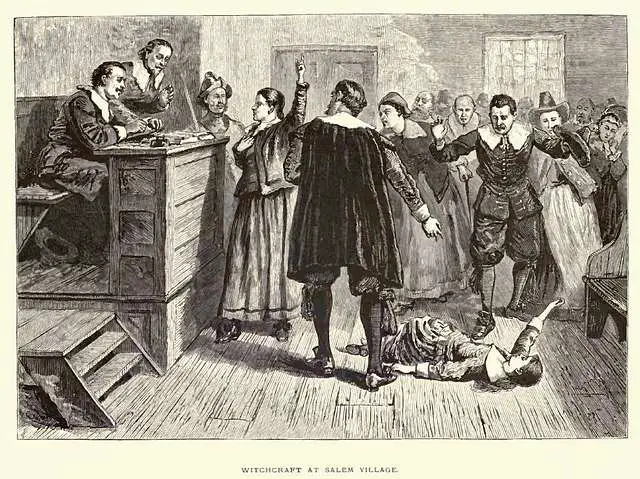
In the late 1600s, the Puritans of New England were infamous for their witch hunts, which led to the execution of 20 people and the imprisonment of many others. They believed that witchcraft was a serious threat to their society and that it was a direct manifestation of Satan’s work on Earth. Accusations were often based on flimsy evidence, such as personal grudges or supernatural explanations for everyday misfortunes. People, especially women, were condemned to death or severe punishment for allegedly making pacts with the devil says Harvard Magazine.
These trials, such as the infamous Salem Witch Trials, have left a scar on American religious history. Modern readers are shocked by how easily fear and superstition could lead to widespread injustice, often with little more than a whisper or rumor leading to a person’s downfall adds Smithsonian Magazine.
3. The Mormons and Polygamy
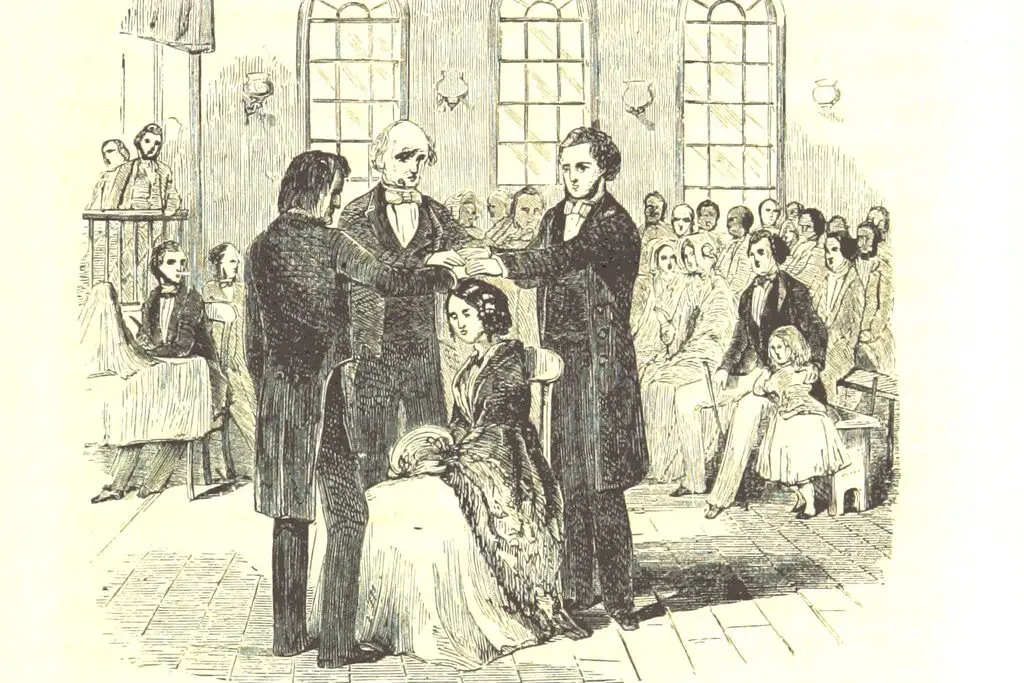
The practice of polygamy within the early Mormon community shocked many in the 19th century and remains controversial today. Joseph Smith, the founder of the Church of Jesus Christ of Latter-day Saints (LDS), introduced the doctrine of plural marriage, where men could have multiple wives, as a religious commandment. While it was meant to strengthen families and increase the Mormon population, polygamy led to social and legal problems, especially as it contradicted mainstream American beliefs about marriage and family.
By the 1890s, after years of conflict with the U.S. government and public pressure, the LDS Church officially renounced polygamy. Modern readers are often surprised by how deeply the practice was ingrained in early Mormon society and how it sparked widespread religious and political tension.
4. The Ghost Dance Movement
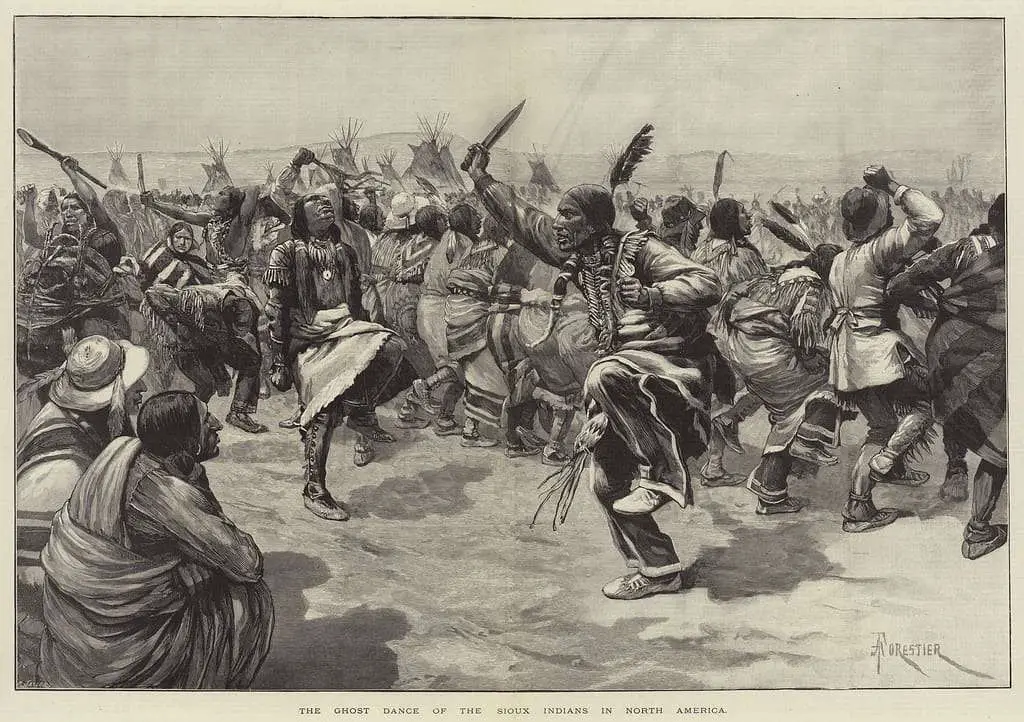
In the late 1800s, Native American tribes in the western United States engaged in a spiritual movement known as the Ghost Dance. This practice promised to bring about the return of the buffalo and the removal of white settlers, thus restoring the Native American way of life. Followers believed that by performing a series of ritual dances, they could invoke the spirits of their ancestors and gain supernatural protection.
While the movement was rooted in hope and resistance, it was viewed as a dangerous uprising by the U.S. government, leading to tragic events like the Wounded Knee Massacre in 1890. To modern readers, the Ghost Dance serves as a poignant reminder of how indigenous spirituality clashed with colonial expansion and the devastating impact it had on Native communities.
5. The First Great Awakening and Emotional Outbursts
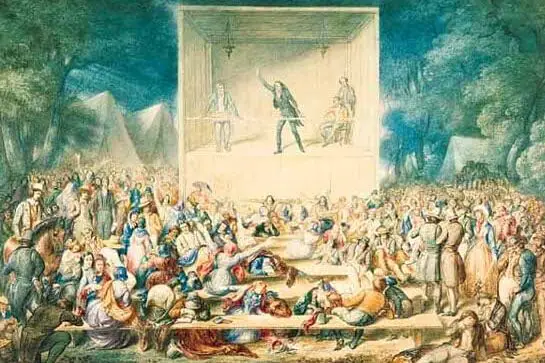
In the 18th century, the First Great Awakening swept through the American colonies, sparking a religious revival that emphasized personal piety, emotional expression, and the need for immediate salvation. Preachers like Jonathan Edwards and George Whitefield were known for their fiery sermons that could bring listeners to tears, sometimes even causing them to fall into religious ecstasy or collapse from overwhelming emotion.
To modern readers, these dramatic displays of religious fervor can seem shocking, as they stand in stark contrast to more restrained forms of worship today. The emotional intensity of the movement helped to shape the American religious landscape, creating a foundation for evangelicalism that would influence generations to come.
6. Speaking in Tongues in the Pentecostal Movement
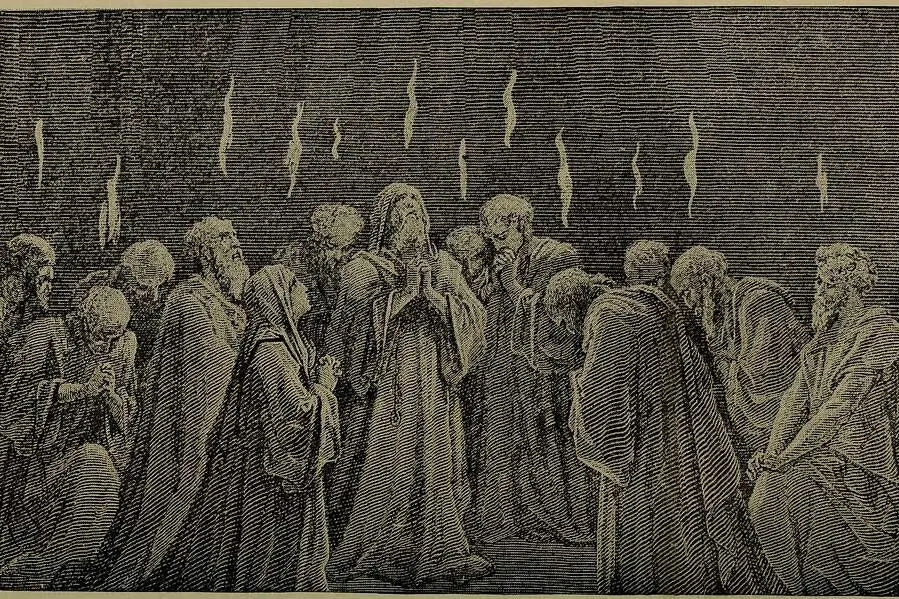
The Pentecostal movement, which began in the early 20th century, introduced a practice known as “speaking in tongues,” or glossolalia. Believers claimed to speak in languages they had never learned as a sign of spiritual fulfillment, often accompanied by other manifestations of the Holy Spirit, such as healing and prophecies. This practice was seen as a direct way to connect with God, bypassing human language and embracing divine communication.
For modern readers, the idea of speaking in tongues can be perplexing, especially as it is often seen as a mark of spiritual authenticity within Pentecostal communities. Though the practice is still widespread in some branches of Christianity, it can seem foreign or even unsettling to those unfamiliar with the tradition.
7. The Unification Church’s Mass Weddings
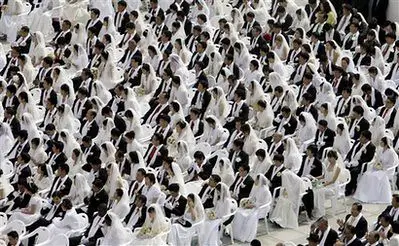
The Unification Church, founded by Sun Myung Moon in the 1950s, became notorious for its mass weddings, where thousands of couples were married in large ceremonies. These unions, often between people who had never met before, were seen as divinely ordained and intended to create a spiritually unified world. Members believed that Moon had the unique ability to choose their spouses, a concept that caused controversy both within and outside of the church.
To modern readers, the idea of arranged marriages on such a grand scale is surprising, especially when contrasted with the contemporary emphasis on romantic love and personal choice. These mass weddings remain one of the most shocking aspects of the Unification Church’s practices.
8. The Jehovah’s Witnesses and Blood Transfusions
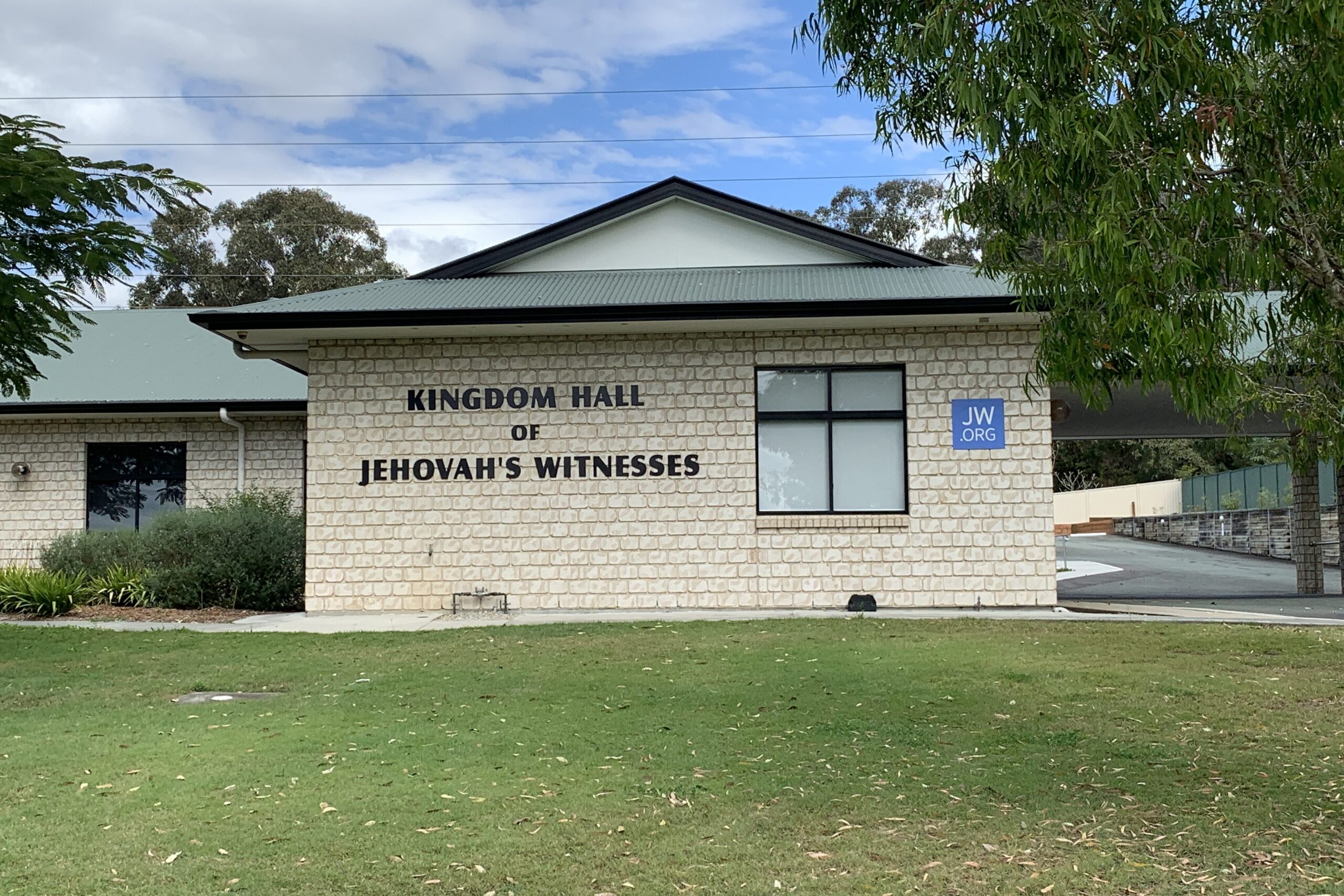
One of the most well-known and controversial practices of Jehovah’s Witnesses is their refusal to accept blood transfusions, based on their interpretation of Biblical scriptures. They believe that consuming or receiving blood, even in medical contexts, violates God’s will. This practice has led to public outcry, especially when it results in life-threatening situations, such as the refusal of blood transfusions for children or individuals in need of emergency care.
Modern readers may find this belief particularly shocking given the advancements in medical science, where blood transfusions are considered a common and necessary treatment for many life-threatening conditions. The practice has caused significant ethical debates, balancing religious beliefs with medical intervention.
9. The Azusa Street Revival and the Birth of Pentecostalism
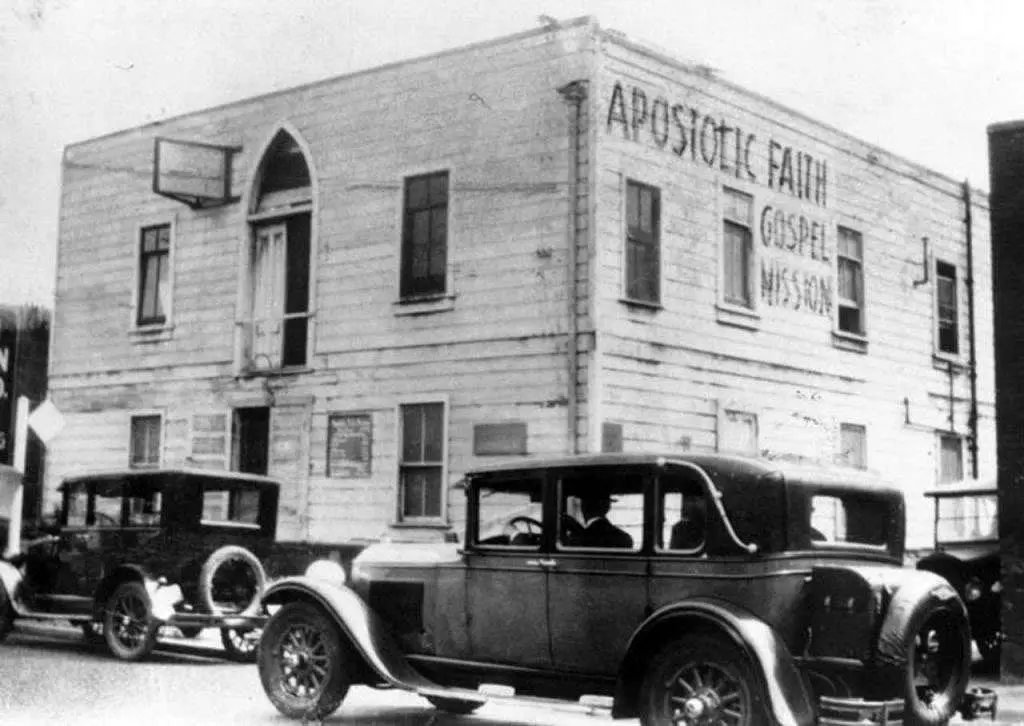
In 1906, the Azusa Street Revival in Los Angeles became a major turning point for Christianity, marking the birth of the modern Pentecostal movement. Led by William J. Seymour, a Black preacher, the revival was characterized by intense worship, speaking in tongues, and the belief in miraculous healings. The movement attracted a racially diverse group of people, making it one of the most inclusive religious revivals in American history.
To modern readers, the radical nature of the revival, including the focus on divine healing and ecstatic spiritual experiences, might seem extreme. The movement, however, would go on to shape much of American evangelical Christianity, with Pentecostalism remaining a significant force in global Christianity today.
10. The Oneida Community and Free Love
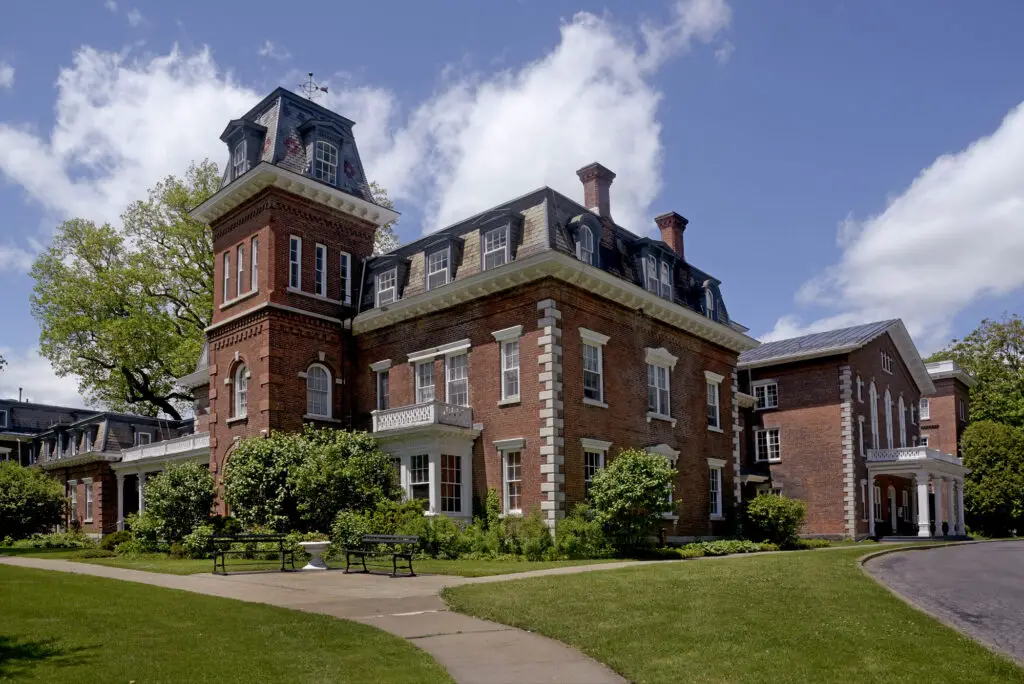
The Oneida Community, founded in the mid-1800s by John Humphrey Noyes, practiced “free love” as part of their belief in communal living and spiritual perfection. Members of the community, which was located in upstate New York, practiced communal marriage, where no one was permanently married, and sexual relationships were based on spiritual and communal goals rather than romantic love. Children were raised collectively, and everyone was expected to contribute to the wellbeing of the community.
This practice of free love and communal marriage scandalized both the religious and secular communities of the time. For modern readers, it may seem bizarre, especially given today’s traditional views on relationships and family structure.
11. The Transcendentalists’ Spiritualism and Nature Worship

In the 19th century, American transcendentalists such as Ralph Waldo Emerson and Henry David Thoreau promoted a belief in the inherent connection between human beings and nature, which they considered a divine force. Transcendentalism rejected organized religion and focused instead on the idea that individuals could find spiritual truth by connecting directly with nature and their inner selves. This philosophy was often intertwined with spiritualism, which involved the belief in communicating with the spirits of the dead.
To modern readers, transcendentalism’s emphasis on personal, nature-based spirituality might seem odd, especially in an era dominated by more formal religious institutions. However, the transcendentalists had a lasting influence on American thought, paving the way for later environmental and New Age movements.
12. The Raelian Movement and Extraterrestrial Life
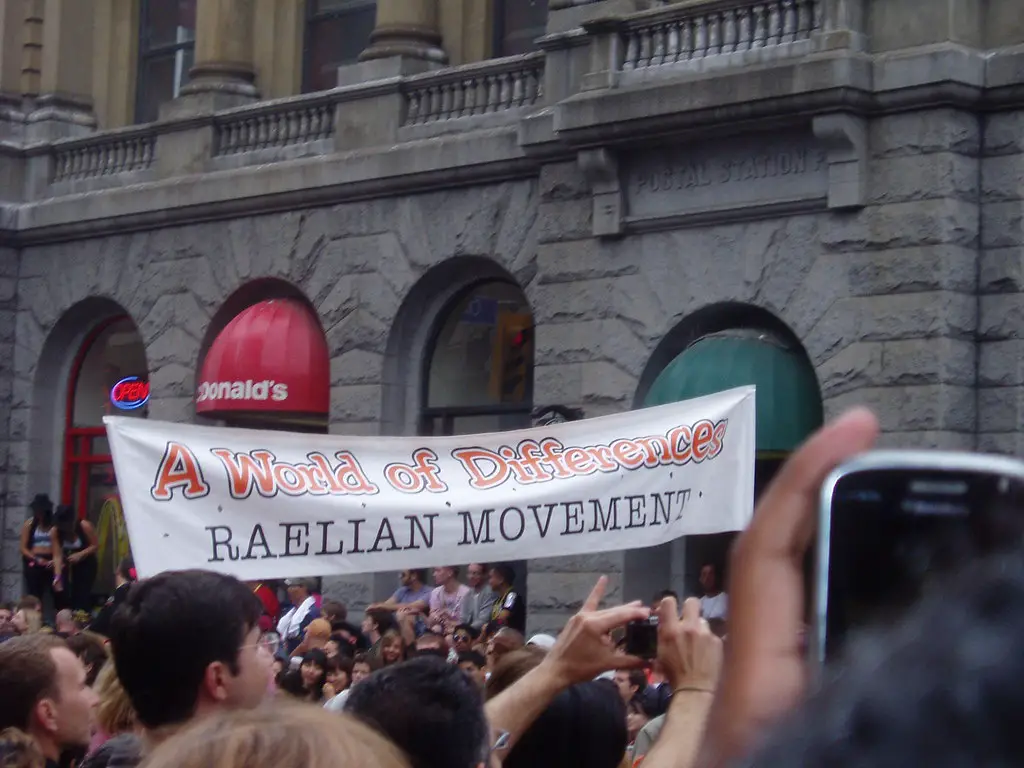
The Raelian movement, founded by Claude Vorilhon (Rael) in the 1970s, teaches that life on Earth was created by an extraterrestrial species known as the Elohim. Followers believe that these beings have visited Earth throughout history, influencing major religious figures like Jesus and Buddha. The Raelian belief system includes a focus on science and technology, as well as the idea of returning to a peaceful, utopian society guided by advanced extraterrestrial beings.
The idea that human beings were created by aliens is a startling concept to modern readers, especially within the context of traditional religious beliefs. Despite its seemingly fantastical claims, the movement continues to attract followers worldwide, blending science fiction with spirituality in a way that challenges conventional thinking.
13. The Falun Gong Movement and Its Spiritual Practices
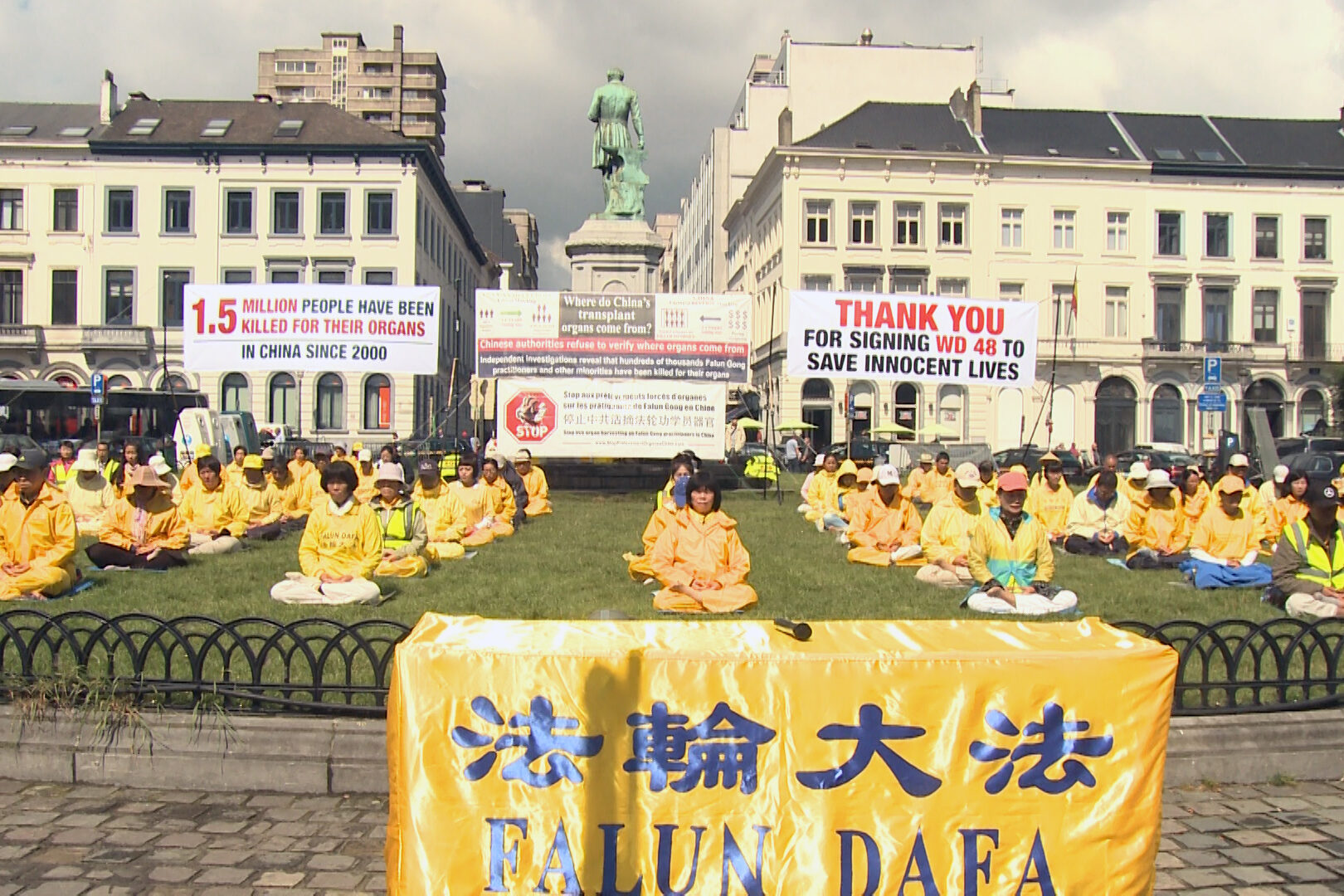
Falun Gong, a spiritual movement founded in the 1990s by Li Hongzhi, combines elements of Chinese Buddhism, Taoism, and qigong. Its practice focuses on meditation, moral teachings, and the cultivation of virtue, with a particular emphasis on truth, compassion, and forbearance. While the movement initially gained popularity in China, it soon faced government persecution, leading to clashes with the Chinese Communist Party.
The movement’s combination of traditional Eastern spirituality with a modern twist on moral philosophy has drawn criticism and admiration in equal measure. For modern readers, especially in the West, the persecution of Falun Gong practitioners by the Chinese government adds a layer of complexity to their understanding of religious freedom and spiritual activism.
